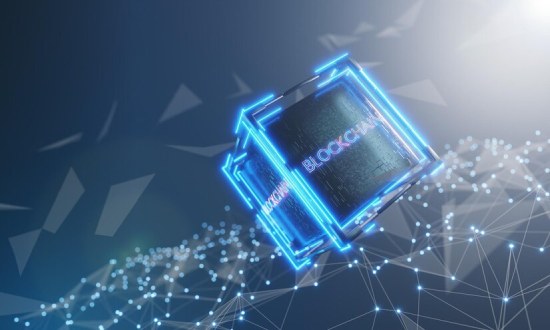Scalability at Web Standards
It processes tens of thousands of transactions per second, allowing applications to scale globally without sacrificing user experience.
A Complete Business Guide

It is a high-performance Layer-1 blockchain that delivers unmatched speed and low transaction costs. It uses a unique blend of consensus mechanisms and technical optimizations to support thousands of decentralized applications (dApps) across finance, gaming, NFTs, and enterprise solutions.
Founded in 2020 by Anatoly Yakovenko and Solana Labs, the platform introduced an innovative concept called Proof of History (PoH). This feature distinguished the blockchain platfor from earlier blockchains by using a verifiable timekeeping system that reduces coordination overhead and accelerates consensus.
The network aims to address the blockchain trilemma—scalability, security, and decentralization. Many platforms compromise on one dimension to achieve the others, but it’s design prioritizes scalability without ignoring decentralization or security.
With an ability to handle over 65,000 transactions per second (TPS) and fees that are a fraction of a cent, the platform has become a practical chain for enterprises, startups, and individual developers. Its ecosystem includes leading DeFi protocols, NFT platforms, and payment solutions, signaling its relevance to both Web3 builders and mainstream businesses.
It processes tens of thousands of transactions per second, allowing applications to scale globally without sacrificing user experience.
With fees typically under $0.01, it enables business models reliant on micro-transactions, such as gaming and consumer loyalty programs.
By combining Proof of Stake (PoS) with Proof of History, it achieves sustainability benchmarks far superior to Proof-of-Work blockchains.
A thriving ecosystem of DeFi, NFT, and infrastructure projects has positioned the platform as a leading choice for blockchain developers.
Provide voting rights, economic incentives, and sometimes access privileges. Token supply and distribution directly shape power dynamics.
The cosystem is among the fastest growing in blockchain, covering diverse industries and use cases.
| Feature | Solana | Ethereum | Polygon | Avalanche |
|---|---|---|---|---|
| Consensus | PoH + PoS | PoS | PoS | PoS |
| TPS | 65,000+ | ~30 | ~7,000 | ~4,500 |
| Avg Fee | <$0.01 | $0.30–3 | <$0.01 | ~$0.10 |
| Smart Contracts | Rust, C, Anchor | Solidity | Solidity | Solidity |
| Key Strength | Speed + Cost | Security + Ecosystem | Ethereum scaling | High throughput |
This table illustrates the network’s edge in performance and cost efficiency, though Ethereum continues to lead in maturity and developer adoption.
High-speed trading platforms with low latency.
Yield farming, staking, and lending platforms.
Cost-efficient cross-border payment solutions.
Fractionalized real estate investments.
Tokenized commodities such as carbon credits or gold.
Digital securities for regulated capital markets.
Digital art and collectibles with verified ownership.
Loyalty programs using NFTs as engagement rewards.
On-chain media publishing with royalty automation.
Play-to-earn ecosystems supporting millions of micro-transactions.
Cross-platform NFT assets usable in multiple games.
Metaverse projects with real-time player interactions.
Supply Chain: Traceability for global goods.
Identity Management: Secure, verifiable user credentials.
Payments: Merchant-ready rails for high-volume processing.
While promising, the platform also faces obstacles:
Explore SDKs, APIs, and frameworks like Anchor to build scalable dApps.
Launch proof-of-concepts in DeFi, NFTs, or tokenization to test feasibility.
Research Solana-native projects to identify growth opportunities.
Create a Phantom or Solflare wallet to interact with applications.
The network’s roadmap points toward continued growth, driven by both technological and market forces:DAO success requires measurable benchmarks:
Increasing recognition of the platform as a reliable settlement layer for tokenized assets, stablecoins, and digital securities.
Broader adoption for payments, identity solutions, and loyalty programs, as companies seek low-cost, high-volume blockchain infrastructure.
Ongoing efforts to expand the number and geographic distribution of validators, strengthening decentralization and network resilience.
Integration with artificial intelligence, Internet of Things (IoT), and real-world asset tokenization, opening new cross-industry opportunities.
Together, these trends suggest the blockchain platform will evolve beyond its DeFi and NFT roots into a mainstream platform for enterprise and institutional-grade applications.
Common questions and answers, their implementation, and practical considerations for businesses and developers.

By using this site, you allow our use of cookies. For more information on the cookies we use and how to delete or block them, please read our cookie notice.
We would love to
hear from you!


Innovate with confidence!


